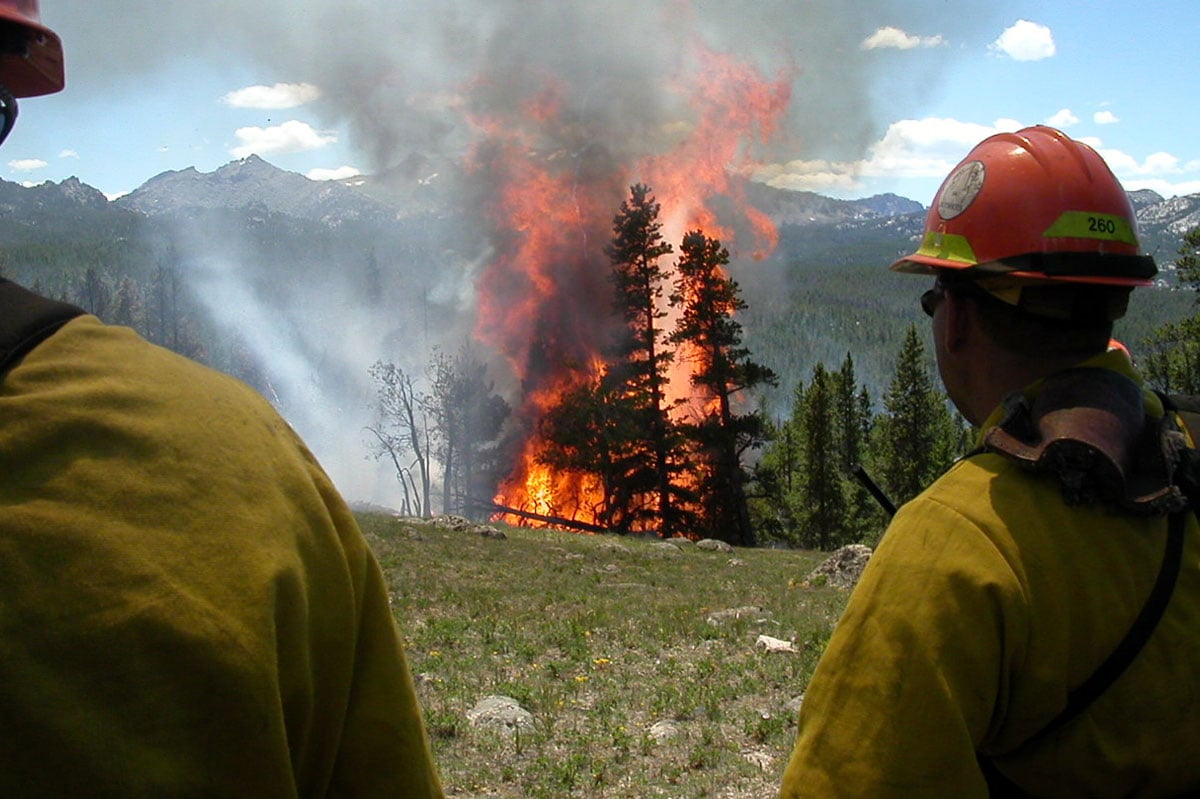Introduction:
Fire mitigation is a crucial aspect of managing and reducing the risk of wildfires, especially in regions prone to such disasters. As global temperatures rise and climate patterns shift along with Forest Health and excess growth here in Arizona the frequency and intensity of wildfires have increased. It is imperative to adopt effective fire mitigation strategies to protect lives, property, and natural ecosystems.
1. **Creating Defensible Spaces:**
One primary approach to fire mitigation is creating defensible spaces around structures and property. This involves clearing vegetation, dead plants, and other combustible materials from the immediate vicinity of homes and buildings. Maintaining a defensible space acts as a buffer zone, hindering the progression of wildfires and reducing the risk of ignition and propagation.
2. **Vegetation Management:**
Proactive vegetation management is essential in mitigating fire hazards. This includes regular pruning, thinning, and removing dead or diseased vegetation. Creating firebreaks, which are cleared areas designed to slow the progress of fires, is a widely employed strategy. Additionally, replacing highly flammable plants with fire-resistant species contributes to overall fire resilience.
3. **Community Education and Preparedness:**
Community involvement is critical in fire mitigation efforts. Residents should be educated about the local fire risk, evacuation procedures, and the importance of fire-safe landscaping. Establishing community fire response plans and conducting regular drills ensures that everyone is prepared in the event of a wildfire.
4. **Firebreaks and Fuel Breaks:**
Creating physical barriers to slow or stop the spread of wildfires is a key aspect of fire mitigation. Firebreaks are cleared strips of land that interrupt the continuity of vegetation, preventing the rapid advance of fires. Fuel breaks involve strategically removing flammable vegetation to hinder the fire’s progress and protect critical infrastructure. This also allows for Firefighters and Incident Command to assess and properly prioritize areas that are defensible in lieu of “writing of” property or structures based on risk and ability to suppress fire.
5. **Early Detection Systems:**
Implementing advanced early detection systems, such as surveillance cameras, satellite monitoring, and sensor networks, enhances the ability to identify and respond to wildfires promptly. Early detection allows for quicker mobilization of firefighting resources, minimizing the potential impact of the fire.
6. **Fire-Resistant Building Materials:**
Using fire-resistant materials in construction can significantly reduce the vulnerability of structures to wildfires. This includes materials for roofing, siding, and windows that are designed to withstand exposure to flames and heat. Implementing building codes that require the use of such materials can contribute to overall fire resilience.
7. **Collaboration:**
Collaboration with local fire departments and emergency services, along with qualified contractors to help assess, mitigate and provide modeling to reduce the impact of wildfire is crucial for effective fire mitigation. Collaboration can involve public utilities, USFS, municipalities and county government and services.
8. **Other Benefits**
Excess vegetation and vegetation management has other benefits such as water conservation, forest health, wildlife, recreation and access to lands and areas not normally used due to overgrowth. Additionally, with healthy loads of vegetation and thinned forests fire becomes a way of vegetation management in itself reducing the intensity of fire and becoming a management tool regardless of weather or intentional ignition sources for land management.
Conclusion:
Fire mitigation is a shared responsibility that involves proactive measures at individual, community, and governmental levels. By implementing a combination of defensible space creation, vegetation management, community education, and technological solutions, we can significantly reduce the impact of wildfires and create more resilient communities in the face of this growing environmental challenge. Risks can greatly be reduced with both mechanical and chemical management of vegetation.

